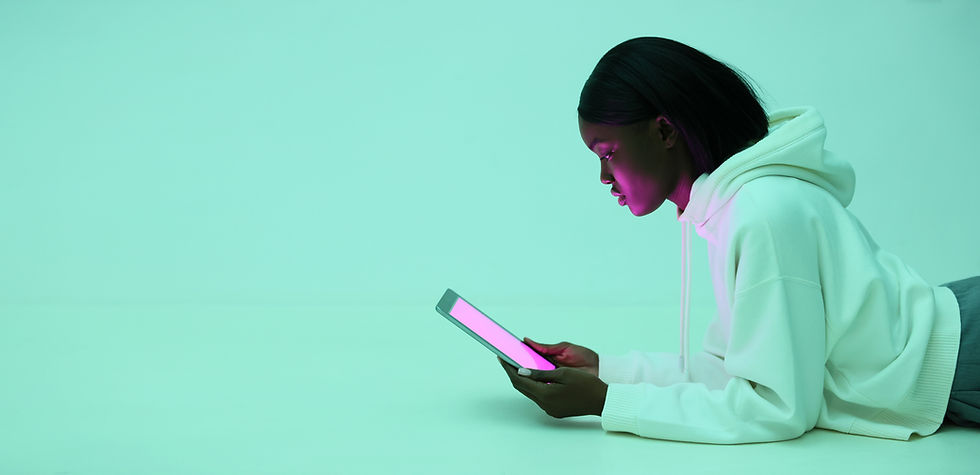Factors that Influence Customers’ Store Choice
- Sreeram Sivaramakrishnan

- Aug 11, 2021
- 2 min read

Modern brick-and-mortar retail offers a wide variety of formats to customers: mom & pop stores, convenience stores, speciality stores, supermarkets, hypermarkets, etc. You can buy a packet of cheese slices from your neighbourhood grocery shop, an Amul store, a Reliance Fresh, or a Hypercity. In this atmosphere of competition, retailers must understand what factors influence customers’ store choices. A study conducted in Peru attempts to analyse the factors that determine store choice.
One of the factors is the shopping experience, which refers to the feelings, perceptions, and attitudes that develop as a result of the shopping activity. A satisfactory shopping experience is likely to lead to a repeat visit rather than a negative one. For example, a customer who has to wait a long time for help at an electronics store might choose to visit another store the next time to purchase any white goods.
Another factor is perceived store value. According to the theory of perceived value, five values determine a customer’s choice of a product or service: functional value or utility; social value or perceived socio-economic-cultural worth; emotional value or ability to arouse feelings; epistemic or knowledge/curiosity value; and conditional value or value based on the situation. For example, a street-side tea shop might have low perceived value in normal circumstances, but if it is a popular neighbourhood spot or if someone gets caught in the rain, the same tea shop’s perceived value would go up.
The third factor is current store choice. The current store choice could be based on product variety, proximity, atmosphere, service level, and other factors, and can also determine whether the customer will visit the store again. For example, a friendly greengrocer in the neighbourhood might be preferred over a supermarket at a distance.
Both perceived store value and current store choice are indirectly related to future store choice as well. These factors enhance the shopping experience, which then influences future store choice.
The fourth factor that impacts future store choice is the consumer shopping task. This refers to the objectives associated with a shopping activity. The objectives could be utilitarian, hedonic, or social. For instance, if the shopping task is motivated by hedonic objectives, the store choice would be based on how much the store stimulates the shopper’s curiosity and provides experiential shopping.
The last factor considered by the study is store image. Store image is the set of perceived store attributes that customers compare against similar perceived attributes of other stores. This might include décor, location, promotion, products, and staff. Store image also impacts a customer’s future store choice. For example, if a customer forms a negative impression of a furniture store because the displays are dusty, they will likely not visit that store again.
These factors affect future store choice regardless of format, even though specific formats have advantages in certain areas. For instance, local shops are better positioned to provide a personalised shopping experience, while larger formats can provide a more stimulating experience. Retailers need to consider these factors while planning their stores, products, promotions, customer experiences, and other initiatives to leverage their strengths to increase footfalls and sales.






Comments